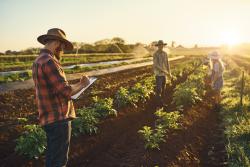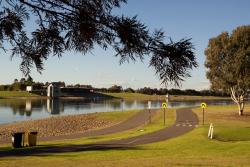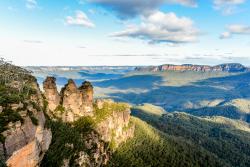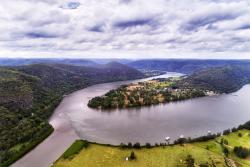Supporting biodiversity conservation policy and practice to ensure long-term, holistic biodiversity outcomes.
This expertise area employs a mix of qualitative and quantitative methods for the study of biodiversity conservation policy and practice. Examples of our work in this area include:
- biodiversity conservation planning
- management of protected areas
- private land conservation and landholder engagement in biodiversity offsetting
- landholder engagement in wildlife-friendly farming
- peri-urban and inner urban greening – enhancing habitat connectivity within and across local government areas
- monetary evaluation, cost-benefit analysis, ecosystem services valuation approaches, and participatory evaluations.
Our valuation and evaluation methods range from quantitative monetisation (for use in whole-of-society cost-benefit analysis etc), to qualitative participatory methods such as citizens’ juries, and social evaluations in small group settings.
Broader frameworks for diagnosis, analysis and scenario evaluation include ecosystem services ‘cascade’ models; natural capital accounting; meaning/place-making and political analysis approaches, and spatial characterisations (tree mapping, remote sensing).
PROJECT | 2019-2020
Landholder participation in biodiversity offsetting
This project sought to discover how landholders in Western Sydney perceived and engaged with the NSW Biodiversity Offsets Scheme.
PROJECT | 2018-2021
Strategic biodiversity conservation planning in New South Wales: economic appraisal of the Cumberland Plain Conservation Plan
Analysing the value and viability of proposed conservation measures in Western Sydney.
PROJECT | 2016-2019
Towards a climate change adaptation strategy for national parks
A series of intensive workshops with National Parks and Wildlife Services staff informed the organisation’s strategy for adapting to the impacts of climate change, and mapped out an approach to encouraging a range stakeholders to engage with it.





